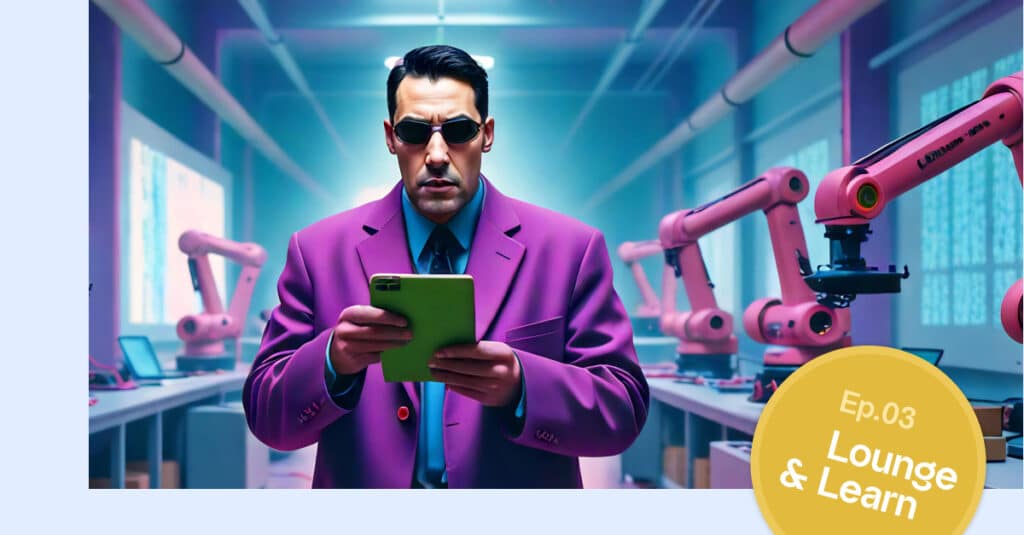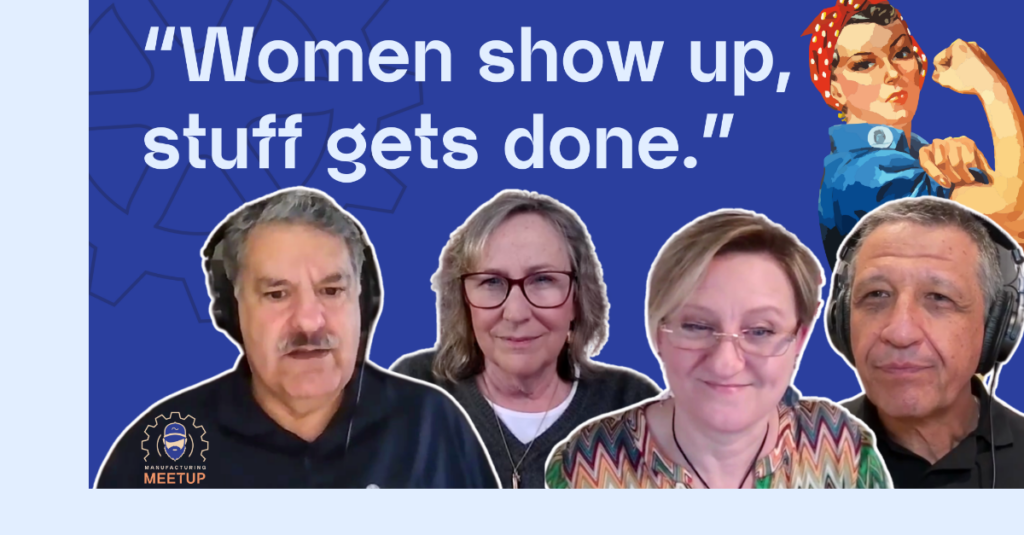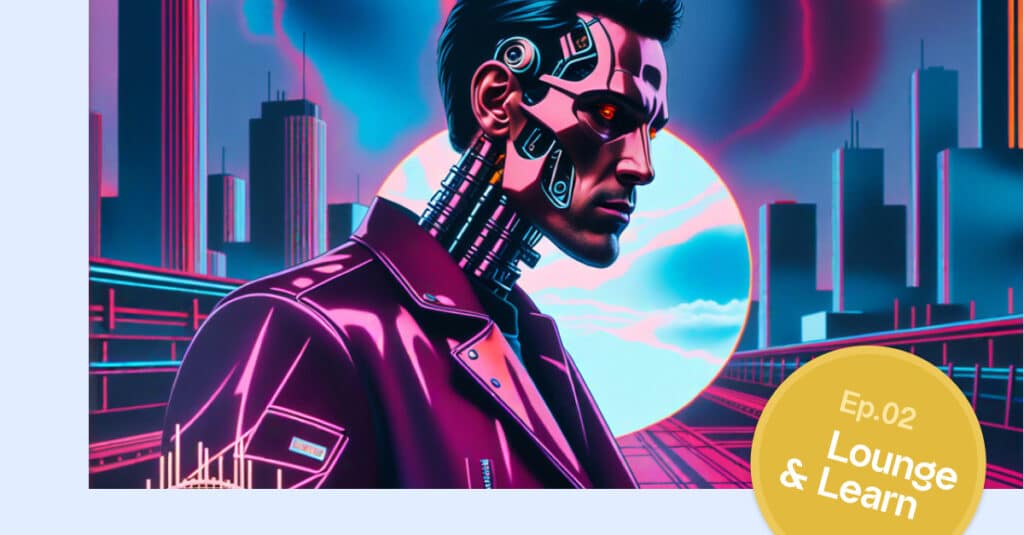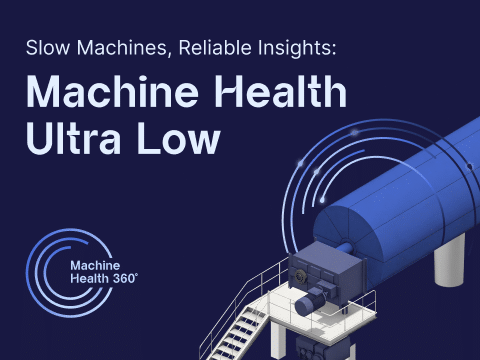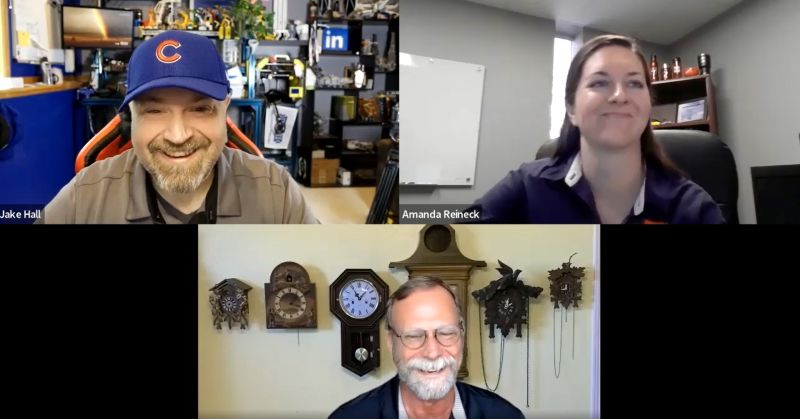
Manufacturing suffers from a lack of a skilled workforce. People are still often scared off by its dirty and dull reputation. But in fact, the rapidly transforming industry now offers a vast array of stimulating science- and tech-related job opportunities. So, how do we get the word out to the younger generation? And how do we make sure the experience and learnings of the retiring generation is looped into the emerging technologies? An experts panel weighs in…
“It’s my goal to get people more excited about the manufacturing industry and how we can leverage new technologies,” says Jake Hall, The Manufacturing Millennial. As moderator of the Workforce Transformation Panel at last month’s The Future of Maintenance & Reliability Conference, he proved to be a man of his word.
Jake sat down with two guests from North America’s largest roofing manufacturer GAF. With a background in oil and gas, Amanda Reineck is Operations Manager for GAF’s shingle plant in Ennis, Texas. Meanwhile, Ed Lewis began his diverse reliability career over three decades ago in the US Navy. Today as Maintenance Services Manager, he provides support across all of GAF’s maintenance organizations.
“How can we transform this perspective of people thinking manufacturing is this dark, dirty, dangerous and dull environment?”
A Problem of Perception
“The workforce and the lack of available skill in manufacturing is in a critical state. We need to figure out new ways to attract a future workforce of millennials and Gen Z,” says Jake. “Unfortunately, only 3.5% of those ages 6 to 24 say manufacturing is an industry they want to be involved in.”
“On the other hand, if you look at the top category, 36% want to have a career in STEM – Science, Technology, Engineering and Math,” notes Jake. “So, I think it’s really important for manufacturers to ask, ‘How can we transform this perspective of people thinking manufacturing is this dark, dirty, dangerous and dull environment?’”
“A tipping point exists when workers realize the benefits and start to clamor for more.”
Communicate The Benefits
Amanda is excited by all the emerging technologies and solutions coming into manufacturing. “I’m really looking forward to all of these innovations. But I also believe there will be challenges,” she says. Namely, not everyone will respond in the same way to these changes.
“We’re going to have to communicate very clearly what the benefits of these new tools are – how ultimately it will make a worker’s job easier and make our plants run better,” says Amanda. But she’s optimistic since she knows from experience that a tipping point exists when workers realize the benefits and start to clamor for more.
Harness the Knowledge
New solutions also need to contend with another major manufacturing challenge: the mountain of experience and expertise that is being lost through retirement.
On one level, AI-driven technologies can work to pick up the slack. “AI can help us to know when something’s wrong with the machine, whereas previously we may have relied heavily on guidance from those more senior people,” says Amanda.
At the same time, the industry must also aim to harness all this otherwise lost knowledge, especially now with the workforce becoming less reactive and more proactive. As Jake puts it: “Instead of always having to react when a machine goes down, we can now say ‘Oh, that machine there might go down’.”
“The end goal would be to have a digitized “old buddy” on hand who can share tips and tricks.”
Make It Easy
On one level, being proactive enables you to approach an asset and have easy access to information – whether that’s the operating manual or a video tutorial. “And then we have to start linking these with those technologies that are being developed out there today,” says Ed.
The end goal would be to have a digitized “old buddy” on hand who can share tips and tricks. “We have to somehow capture that,” says Ed, “to be able to call in the expert to share that expertise of 30 years to that kid on the floor wanting to learn how to get something done.”
“But once those workers are trained, we are absolutely going to see a payback.”
Training. And More Customized Training.
Instilling proactivity also requires training. “For example, vibration technology is relatively complex. You’re not going to get that knowledge overnight,” says Amanda. “But once those workers are trained, we are absolutely going to see a payback.”
Meanwhile, any training should be “specific to an individual’s needs,” according to Ed. “We can’t pigeonhole them into something. We have to be flexible. In other words, we need to offer our training across multiple platforms.”
Make It Less Dull and Dangerous by Automating the Dull and Dangerous Tasks
“We’re doing away with the more dangerous, dull tasks that used to be part of people’s daily jobs. So, it’s a lot more automated, safer and cleaner,” says Amanda.
By doing away with these outdated tasks, this may work to put the focus more on why manufacturing could be an interesting job for more people. “I’m doing what I enjoyed doing at 15,” says Ed. “I was collecting bicycles in the neighborhood and tearing them all apart and putting them all back together to understand what made them work.”
And now with all these new applications entering the industry, technically-minded people can now really find something – as Ed puts – “they’ll really enjoy sinking their teeth into.”
Read ‘9 Reasons Why All Manufacturers Should Watch the Building Products Industry‘.
To learn more about Augury’s empowering technologies transforming manufacturing, get in touch today.

